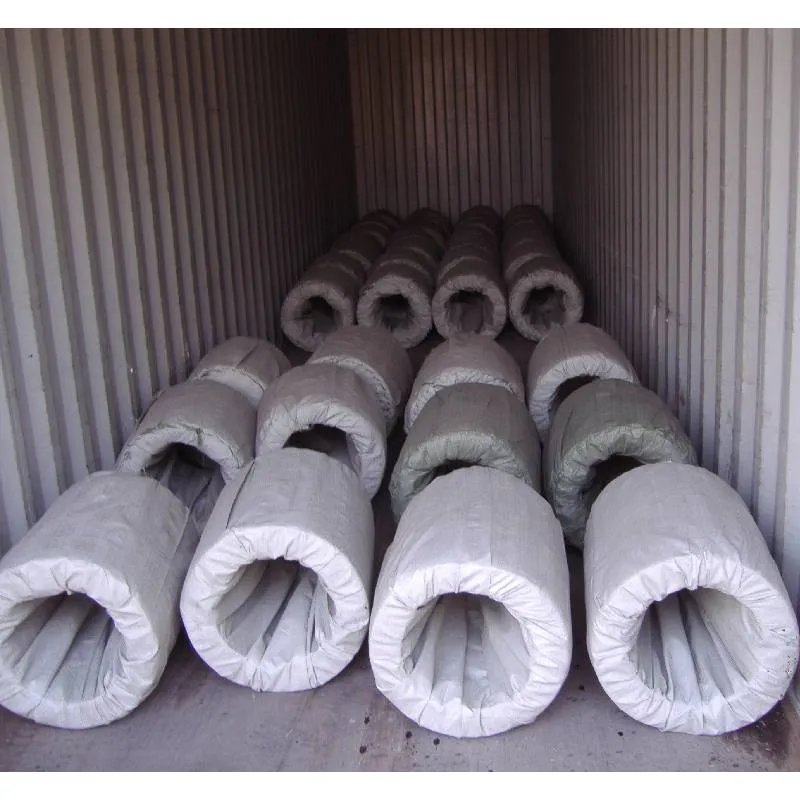
- Mobile Phone
- +8613931874955
- sales@cntcmetal.com
cavity wall tie
Understanding Cavity Wall Ties Their Importance and Functionality
Cavity wall ties play a crucial role in the structural integrity of cavity walls, which are a common construction type used in many buildings to enhance thermal insulation and moisture protection. They serve as connectors between the outer and inner leaf of a cavity wall, ensuring stability and strength while allowing for the necessary drainage and ventilation within the wall structure.
What Are Cavity Wall Ties?
Cavity wall ties are typically made from stainless steel, galvanized steel, or other durable materials that can withstand the elements. Their primary purpose is to bond the two layers (or leaves) of a cavity wall together. Cavity walls consist of two separate walls with a gap (the cavity) in between, which helps to protect buildings from water ingress while maintaining insulation properties. The ties are strategically spaced throughout the walls, connecting the outer leaf to the inner leaf at regular intervals.
Importance of Cavity Wall Ties
1. Structural Support One of the key functions of cavity wall ties is to provide structural support. By securely fastening the two layers of the wall, they help to prevent lateral movement and ensure that the wall can bear loads safely.
2. Moisture Control The cavity in a cavity wall is designed to allow any moisture that penetrates the outer leaf to drain away, thus protecting the inner leaf from water damage. Wall ties help maintain this cavity, preventing it from becoming blocked and reducing the risk of damp issues.
3. Thermal Performance Cavity wall ties can be designed with thermal insulation properties. This can enhance the overall energy efficiency of a building, contributing to better temperature regulation and lowering energy costs.
cavity wall tie

4. Resistance to Corrosion Given their exposure to various environmental factors, the materials used for cavity wall ties are chosen for their resistance to corrosion. Stainless steel, for instance, is popular because it can withstand harsh conditions without deteriorating, ensuring longevity and reliability.
5. Building Regulations and Standards In many countries, building regulations require the use of cavity wall ties in cavity walls to ensure safety and performance standards are met. Proper installation and maintenance of these ties are essential for compliance with these regulations, which often dictate the type, spacing, and material of ties used in construction.
Installation and Maintenance
Proper installation of cavity wall ties is critical. They must be installed at the correct intervals, usually every 600 mm vertically and every 900 mm horizontally. The ties should also be embedded sufficiently into both the inner and outer leaves of the wall for maximum effectiveness. After installation, regular inspections are necessary to check for corrosion, integrity, and alignment.
Failing to maintain cavity wall ties can lead to serious structural issues, including wall bulging, cracking, and increased risks of water ingress. If signs of deterioration are noticed, appropriate measures such as replacing or adding new ties should be taken promptly to ensure the ongoing protection and stability of the wall.
Conclusion
Cavity wall ties are a fundamental component in modern building construction, enhancing both structural strength and moisture resistance in cavity walls. Understanding their importance, ensuring correct installation, and maintaining these ties is vital for the longevity and safety of any building. As construction methods and materials continue to evolve, cavity wall ties remain an essential element in the pursuit of durable and efficient architecture.
share:
-
Your Source for Concrete Wall Ties and Masonry AccessoriesNewsJul.10,2025
-
Unlocking the Power of Iron Wire for Every ProjectNewsJul.10,2025
-
Explore Advanced Chain Wire and Stainless Steel Mesh FencingNewsJul.10,2025
-
Discover the Benefits of Annealed Wire ProductsNewsJul.10,2025
-
Discover China Stainless Steel Wire Mesh SolutionsNewsJul.10,2025
-
Build with Confidence Using High-Performance Masonry AccessoriesNewsJul.10,2025
-
Why Sacrificial Formwork Is Redefining Underground ConstructionNewsJun.06,2025



















